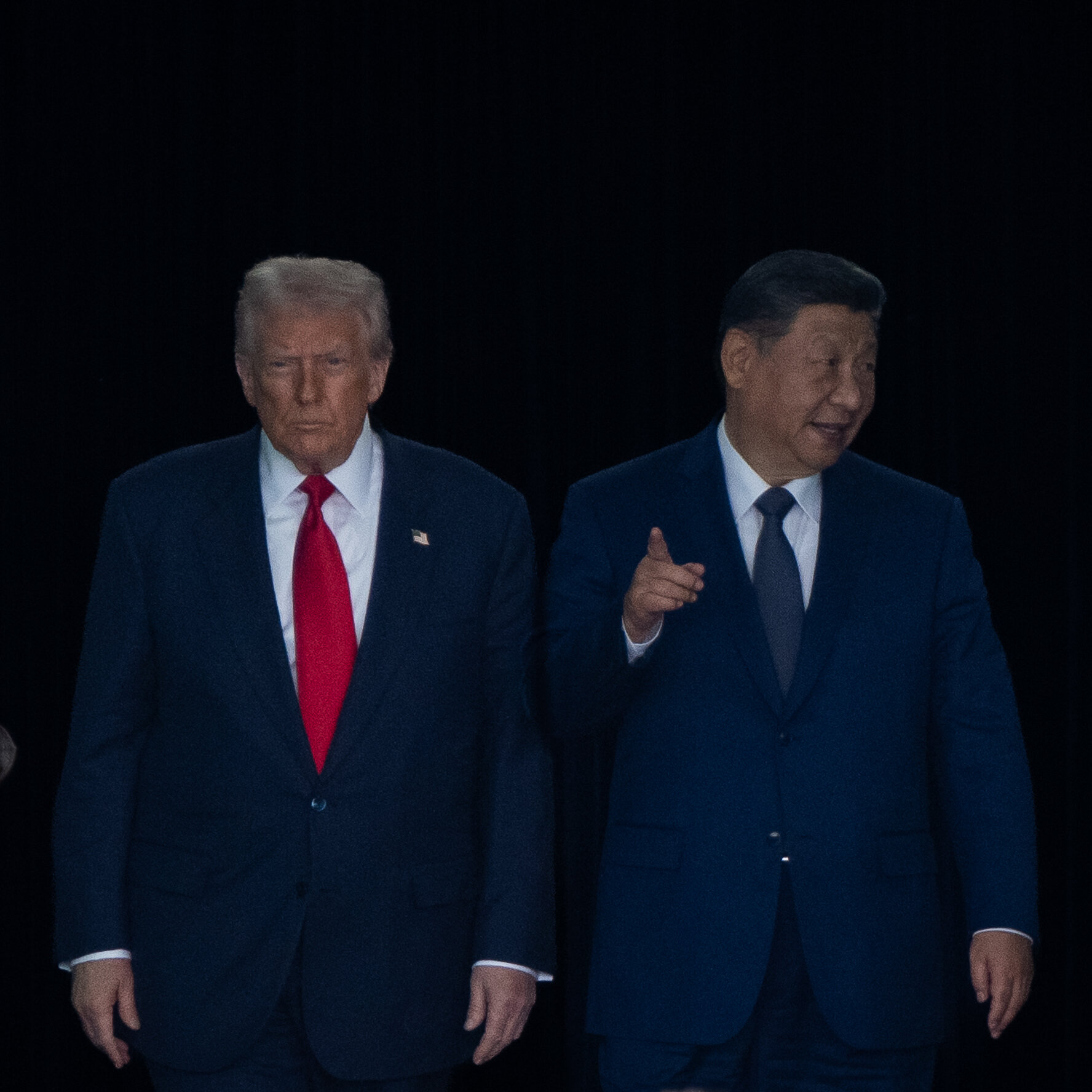The Forgotten Nuclear Weapon Tests That Trump May Seek to Revive
Background of Hydronuclear Experiments
Since the early 1990s, hydronuclear experiments—small‑scale tests that involve detonating a nuclear device in a controlled, sub‑critical environment—have been globally prohibited. These experiments were originally designed to gather data on weapon performance without producing a full‑scale nuclear explosion, and they became a cornerstone of the international non‑proliferation regime.
Trump’s Recent Call for a Policy Shift
Last month, former President Donald Trump publicly urged the United States to resume testing of its nuclear arsenal, suggesting that the nation should reconsider the ban on hydronuclear experiments. In a televised interview, he argued that “America needs to know exactly what its weapons can do,” and hinted that lifting the restriction could “restore our strategic edge.”
Why the Issue Matters
The proposal has sparked a fresh debate among policymakers, defense experts, and arms‑control advocates. Proponents claim that limited hydronuclear tests could provide valuable data for modernizing the nuclear stockpile, especially as new technologies emerge. Opponents warn that reviving any form of nuclear testing risks eroding the Comprehensive Nuclear‑Test‑Ban Treaty (CTBT) norms, even though the United States has not ratified the treaty, and could trigger a new arms race.
International Response
Many of America’s allies, including the United Kingdom, France, and Japan, have reaffirmed their commitment to the global testing moratorium. The United Nations Office for Disarmament Affairs (UNODA) issued a statement reminding the international community that “any relaxation of testing bans undermines decades of diplomatic effort toward a world free of nuclear explosions.”
Potential Consequences
- Strategic stability: Resuming hydronuclear experiments could be perceived as a provocative move, prompting rival states to reconsider their own testing policies.
- Technological insight: Limited tests might yield data to improve the safety and reliability of existing warheads.
- Diplomatic fallout: The United States could face sanctions or reduced cooperation in other arms‑control negotiations.
Looking Ahead
While Trump’s remarks have reignited discussion, any actual policy change would require congressional approval, extensive legal review, and likely a reevaluation of the United States’ stance on the CTBT. For now, the debate remains largely rhetorical, but the possibility of reviving these “forgotten” tests continues to linger in the corridors of power.






